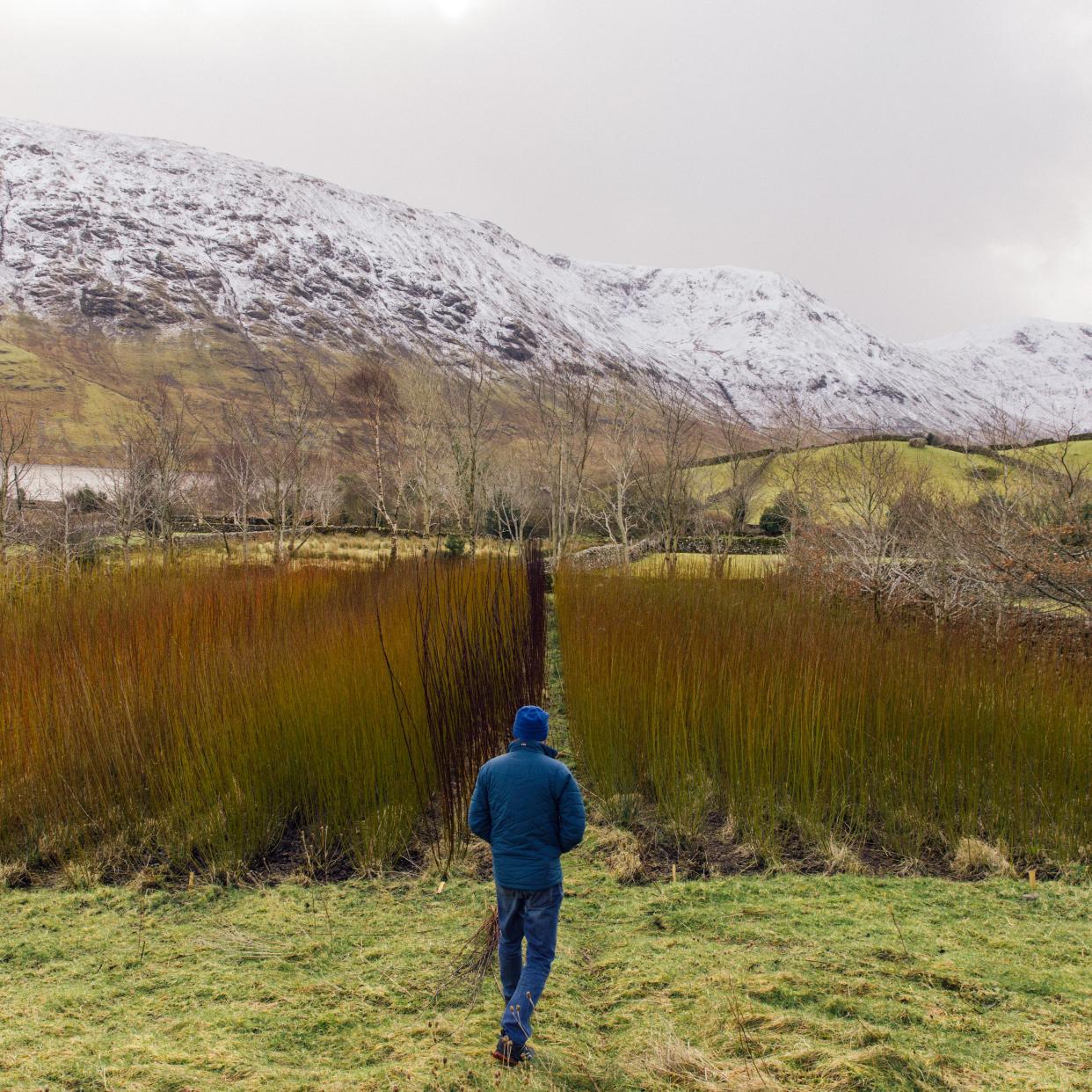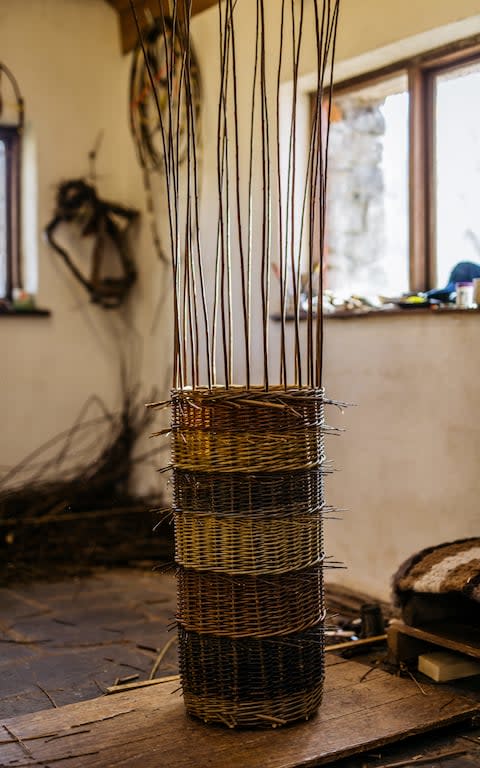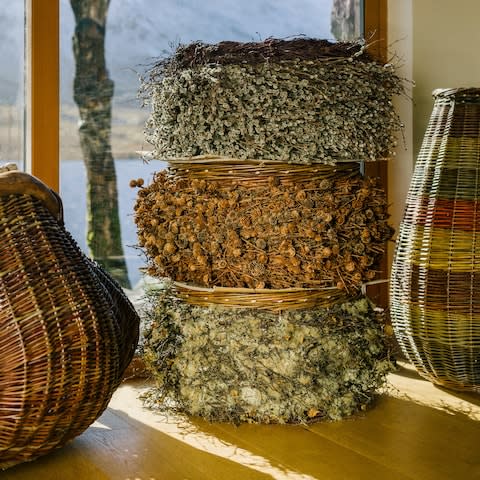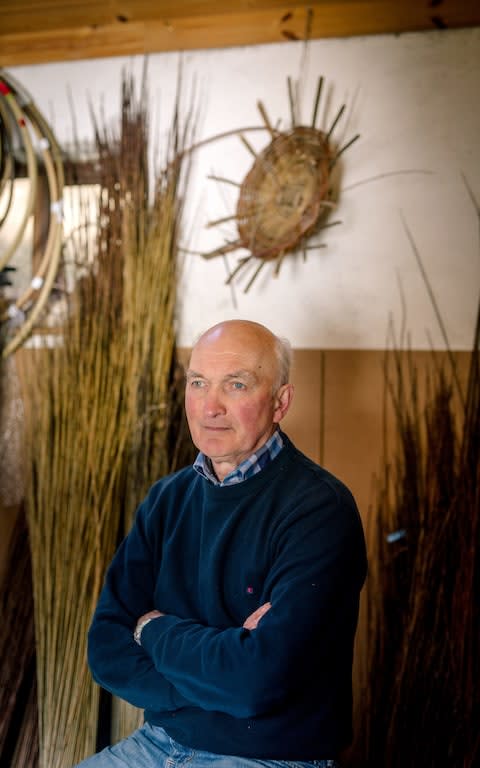The Artisan: Joe Hogan, Ireland's master basket maker

Basket weaver Joe Hogan is looking out across Galway’s Loch na Fooey — the lake he’s lived on since 1979 — on a howlingly miserable morning. “It’s a wild and wintry one to be perfectly honest with you,” he says. It’s prime harvest season for the willow that grows on the banks of the lake, but Hogan’s staying in today. “You wouldn’t be awfully tempted to be out in it for long.”

It was precisely the elemental remoteness of this stretch of land on Ireland’s western coast that drew Hogan and his wife Dolores here almost 40 years ago. After graduating in the early 1970s from University College Galway with a degree in philosophy, he took a cycling trip around Connemara and spotted an opportunity to make a decent living in a rural setting. “A landscape can kind of get into you at some level. It influenced us and we thought it would be really nice, if possible, to live in an area like this,” he says. Basket weaving appealed over any other craft because you could grow the raw materials yourself. “It made the rural location an advantage,” he says.

At the time, Ireland’s basket industry was largely on its legs; formica was the ‘in’ surface and Hogan guesses there were just four or five basket makers left then. There aren’t that many more now, although his son Ciaran has gone into the trade and works and teaches today in Spiddal, also in Galway and about an hour away.
Nevertheless, he and Dolores ran away to Loch na Fooey, planting willow in their first spring there. “We got here to find that people were still making baskets for their own use. That was a really exciting discovery, it was all natural and unprocessed,” he says. Baskets were still used for everything from storing potatoes to carrying logs. Picking up tips from the locals, Hogan began making baskets in his own style: uncommon materials were incorporated, such as the bark left on the willow, and unusual decorative elements added.

Today, Hogan is out in his workshop five or six days a week making traditional Irish baskets: the creel is a traditional donkey pannier, the skib an Irish potato basket. His fingers can weave a smaller basket in less than two hours. A log basket can take between four or five. Harvesting, cutting, sorting, drying and then soaking the willow ready for weaving takes up the rest of his time. Hogan also crafts unique sculptural works incorporating local logs, lichen and catkins that sell for thousands. The wild Irish countryside is as voluble in his pieces as it is outside today.

Towards the end of our chat, the weather has improved little. “We’re not panicking, we know there’ll be plenty of fine days,” he says patiently. “It’s a lovely landscape here alright.”
Where to find Joe's work
Joe Hogan’s baskets are available to buy online at joehoganbaskets.com. It is also possible to visit his workplace by appointment and to buy direct. Small skibs start at £60 and artistic baskets range from £300 to £6,500. Hogan takes special commissions and, for those wanting to take up the Irish craft themselves, he also hosts popular four-day courses every spring and autumn on Loch na Fooey. A visit can easily be combined with a stay at nearby Ashford Castle, indisputably one of Ireland’s best hotels; tours along the west of Ireland’s Wild Atlantic Way coastal driving route; and a culinary tour of Galway city, an emerging dining destination.

